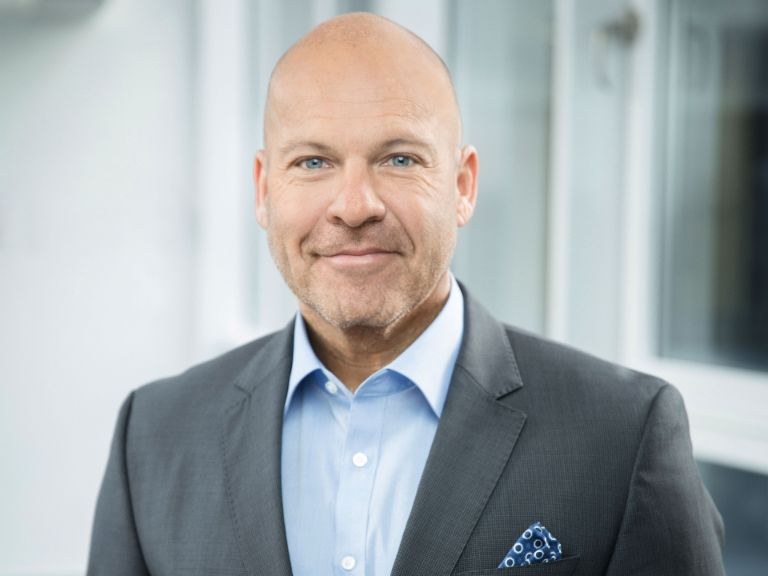Why don’t people pay their debts?
Why do some people pay their debts while others take their precious time? Behavioural economics and an understanding of societal trends are part of the answer.
“We would never go into a bank and take out a loan for pizza and coffee and sneakers,” says the famous economist Dan Ariely. But by using their credit cards, some people accrue large debts for just these things, one at a time. In theory, a debt is a debt – in practice, our attitudes are much more complicated, as recent data shows.
Take the issue of cultural background: Depending on where they live, people feel different levels of guilt about owing money to friends, family, or credit institutions. As the 2017 EOS Debt Study shows, people in Russia and the USA feel a greater urge to repay the bank; in Germany, the duty to repay friends and family is stronger. That being said, the rate of paid debts has been increasing steadily over recent years, rising to a recovery rate of 83% in 2017.
Understanding decision-making with behavioural economics.
Unlike classical economic models, which assume that people act rationally, behavioural economics seeks to understand apparently irrational decisions. Research shows that people treat money differently depending on its source and the intentions attached to it. It's as if they set up different accounts in their head to cover different kinds of costs. As irrational as this ‘mental accounting’ may be, it is understandable that someone may not want to settle their unpaid invoices with their birthday money.
Another seemingly irrational behaviour: Why do people simultaneously hold high-interest debts while paying into lower-interest savings accounts? There might be a number of possible reasons: wanting to ensure availability of funds for unexpected outgoings; a fear that paying off debts with savings would reduce the pressure to save; a lack of financial expertise; or not enough time to do the necessary calculations.
Are some people pre-disposed to credit risk?
The EOS Debt Survey 2017 separates debtors into several categories with different attitudes towards risk, fees and repayment: the more careful ‘debt avoider’, ‘occasional debtor’ and ‘mortgage debtor’ on one side, and the ‘careless debtor’ and the ‘debt junkie’ on the other.
For most debtors, affordability is the problem. Jörg Schweda, Managing Director of EOS Deutscher Inkasso-Dienst GmbH in Germany, says, “If we can restructure debts to make them affordable, then we can encourage people to take steps towards becoming debt-free.” What exactly affordable means for an individual client is a complex combination of psychological traits and circumstances such as income.
The frequency of the EOS debtor personas differs widely according to country: whereas only 3% of Russians are “debt junkies”, 15% of people in the US fall into this category. All this suggests that cultural factors play an important role in determining personal traits, which in turn impact debt behaviour.

How to raise the debt recovery rate.
Building on behavioural economics, Prof Georg Felser, a psychologist at the Harz University, says all people seek to avoid losses, but how they frame debt repayments is crucial. Some see repaying a debt as a loss. Others frame it as a gain, because they are separating themselves from old baggage – this applies especially to people with a ‘need for closure’.
“It’s important for a debt recovery service to encourage people to pay”, Schweda says. Certainly, there is a hard core of people who never intend to pay off debts in the first place. Schweda continues: “They are well organised and pose a serious problem for companies who need to recover their debts, especially when quick credit delivered over the internet makes their lives easier. But they are small in number. In general, you need to show debtors a perspective”, Schweda recommends. “If people can’t see a way out of debt, they often cease repayments quite quickly. Working out an effective debt management plan (DMP) makes it worthwhile and more cost-effective for both sides. Dispute resolution beats enforcement.”
Mass media and easy finance increase appetite for debt.
Alongside individual factors, society-wide phenomena play their part. Schweda says, “There’s a lot of social pressure for people to buy expensive essentials such as smartphones and the right clothes, just to be accepted in society. It’s easy to get into debt with credit cards, interest-free finance and advertising saying you can have anything and pay for it later.”
This also plays on ‘present bias’: To most humans, the present is more important than the future. The enjoyment of a purchase overrides the inevitable pain of payment, be it by credit or debit card; so people are more likely to buy because it feels painless to just swipe a card. But then, when payment is due, they feel the pain isolated from the previous reward, which makes them less likely to pay.
According to the UK’s Financial Conduct Authority, 3.3m Britons struggle with persistent debt, defined as those who pay more on interest and charges than diminishing their debt over an 18-month period. Could it be that some companies actively seek to profit from keeping people in debt?
“This isn’t a viable business model for a number of reasons. But even if it were, it would be unethical,” says Schweda as an expert for the German market. “The financial industry should be helping people find their way out of debt, not keeping them there.”
Personalisation is the better approach.
Schweda advocates a personalised approach to achieve this, “Society is changing, and debt collection has to change with it. This means communicating with people using a medium that is most suited to them, and using language they understand and can connect with.” Increasingly, he says, investment in technology is assisting EOS on this front, “Advances such as new technologies like artificial intelligence help us tailor repayment plans to individual needs.” He says part of the answer is also for creditors to avoid lending to uncreditworthy individuals in the first place – many institutions that issue loans or sell on credit already use advanced technology to support them in assessing creditworthiness.

Let’s conclude by revisiting Dan Ariely’s example. Is a €20,000 loan for pizza, coffee and sneakers always a bad idea? Well, it depends: if you need to pay off a high-interest credit card debt for past frivolities, maybe you’re more rational than you first appear. And it’s the creditor’s job to find that out.
